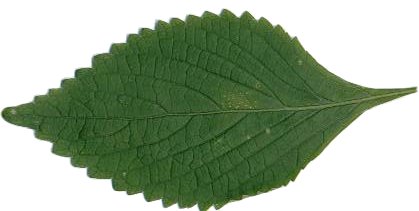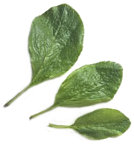

Borage

Borago. Boraginaceae. Some three species of of annual or perennial herbs. Stems erect or decumbent, hispid. Leaves simple, alternate. Inflorescence a loose cyme, branched, mostly bracteate, pendent at athesis; calyx deeply 5-lobed, lobes linear-lanceolate, acute, accrescent; corolla white, pink or blue, rotate to campanulate, lobes lanceolate, acute, stellately spreading or suberect, scales conspicuous, often more darkly coloured than corolla lobes, exserted, deltoid or triangular, acute, glabrous; stamens 5, exserted, anthers connivent, mucronate; style included, stigma capitate. Fruit of four nutlets, ovoid-oblong or obovoid, erect, rugose, short-stipitate, with a basal collar-like ring. Europe. Z7. CultivationBorago officinalis has long been use in herbal medicine as a demulcent and diuretic and was recommended by Gerard as a floral syrup, which ‘purgeth melancholy and quieteth the phrenticke and lunaticke person’. Borage is frequently grown as a pot herb; the young leaves, rich in potassium and calcium, have a salty, cucumber flavour and are eaten raw in salads or cooked as for spinach. The flowers are decorative in salads, and are especially so when frozen in ice cubes for cool summer drinks. Borago officinalis is a useful addition to the annual border and wild garden; it is pollinated by honey bees, and will perpetuate by self-seeding, sometimes to the point of nuisance where conditions suit. The short-lived perennial Borago pygmaea is suitable for the rock garden and woodland edge, preferring moister soils. Sow seed of Borago officinalis in spring, in any well-drained soil in sun or, in hot dry climates, with shade at the hottest part of the day. Propagate Borago pygmaea by stem cuttings in summer, rooted in the cold frame, or by division in spring. Borago officinalis
TAILWORT; BORAGE. Hispid annual herb to 60cm, erect, robust, often branched. Basal leaves to 15 x 10cm, lanceolate or ovate, obtuse or subacute, base rounded or subcordate, dull green; petiole to 6cm; cauline leaves sessile, amplexicaul. Inflorescence terminal, branched; pedicels to 3cm; calyx to 1.5cm, to 2cm in fruit; corolla to 2.5cm diameter, sky blue to bright mid-blue, sometimes white, rotate, lobes to 1.5cm, deltoid or truncate-deltoid. Nutlets to 1cm, obovoid-oblong, tuberculate. Europe. ‘Alba’: flowers white. ‘Variegata’: leaves variegated. Borago pygmaeaHispidulous perennial herb to 60cm. Stems decumbent, slender, branched. Basal leaves to 20cm, obovate to oblong, petiolate; cauline leaves amplexicaul, sessile. Pedicels to 4cm, deflexed following anthesis; calyx to 6mm, to 8mm in fruit; corolla light blue, campanulate, lobes to 8mm, ovate, acute. Nutlets to 4mm, obovoid, Europe.
|
Home
Grow Nuts
Grow Fruit
Grow Vegetables
Cyberian Index
If you like this website and want one of your own contact
Cyberian All information correct at
time of publication and open to updates as necessary. No part of this website,
or its vectors, may be produced in any shape or form, using any type or design
of medium, system, equipment or otherwise without the prior written consensual
notice of the Cyberian. Any breach of these requirements will result in the
appropriate action. If in doubt, e-mail contact is recommended.
Some components of this website were obtained as open-source software and are
used in the same non-profit manner on this website.